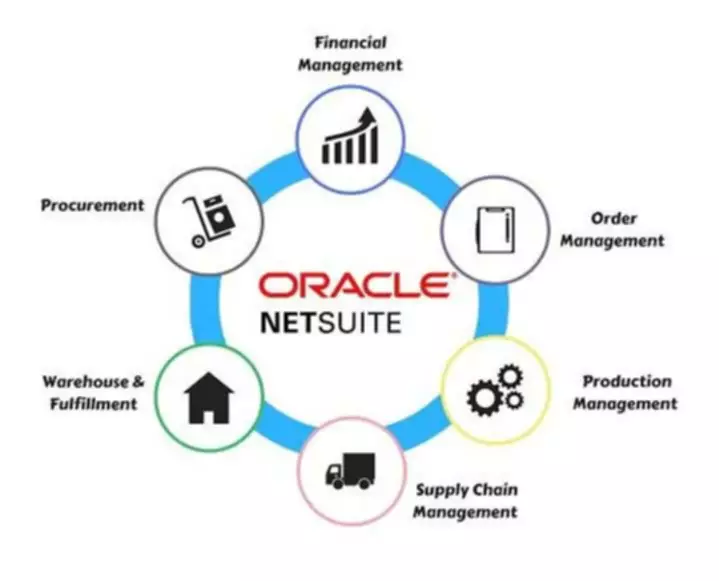Content

However, an intermediate account called Income Summary usually is created. Revenues and expenses are transferred to the Income Summary account, the balance of which clearly shows the firm’s income for the period. Revenue, expense, and capital withdrawal (dividend) accounts are temporary accounts that are reset at the end of the accounting period so that they will have zero balances at the start of the next period. Closing entries are the journal entries used to transfer the balances of these temporary accounts to permanent accounts. Closing entries are journal entries made at the end of accounting periods that involve transferring data from temporary accounting on the temporary accounts on the income statement to permanent accounts. The statement of retained earnings shows the period-ending retained earnings after the closing entries have been posted.
We could do this, but by having the Income Summary account, you get a balance for net income a second time. This gives you the balance to compare to the income statement, and allows you to double check that all income statement accounts are closed and have correct amounts. If you put the revenues and expenses directly into retained earnings, you will not see that check figure.
Step 2: Closing the expense accounts
Closing entries are journal entries used to empty temporary accounts at the end of a reporting period and transfer their balances into permanent accounts. Temporary accounts are used to accumulate income statement activity during a reporting period. The use of closing entries resets the temporary accounts to begin accumulating new transactions in the next period. Otherwise, the balances in these accounts would be incorrectly included in the totals for the following reporting period. The account for expenses would always have debit balances at the closing of the accounting period.

To get a zero balance in an expense account, the entry will show a credit to expenses and a debit to Income Summary. Printing Plus has $100 of supplies expense, $75 of depreciation expense–equipment, $5,100 of salaries expense, and $300 of utility expense, each with a debit balance on the adjusted trial balance. The closing entry will credit Supplies Expense, Depreciation Expense–Equipment, Salaries Expense, and Utility Expense, and debit Income Summary. Closing entries prepare a company for the next accounting period by clearing any outstanding balances in certain accounts that should not transfer over to the next period. Closing, or clearing the balances, means returning the account to a zero balance. Having a zero balance in these accounts is important so a company can compare performance across periods, particularly with income.
Free Accounting Courses
After preparing the closing entries above, Service Revenue will now be zero. Permanent accounts, on the other hand, include assets, liabilities, and most equity accounts. These account balances roll over into the next period and reflect the company’s financial activity in the long term. They are stored on the balance sheet, a section of the financial statements that investors can use as an indication to asset a company’s value. Temporary accounts, as mentioned above, including revenues, expenses, dividends or (withdrawal) accounts.
Revenue is one of the four accounts that needs to be closed to the income summary account. This is the adjusted trial balance that will be used to make your closing entries. Accounts such as Sales Income, Accounts Receivable and Interest Payable are permanent, the Corporate Finance Institute explains. Even if you don’t have any interest payable this period, the account exists, just with nothing in it. You create it at the end of the accounting period and then erase it from existence before starting the next period. When you manage your accounting books by hand, you are responsible for a lot of nitty-gritty details.
Journalizing and Posting Closing Entries
It stores all of the closing information for revenues and expenses, resulting in a “summary” of income or loss for the period. The balance in the Income Summary account equals the net income or loss for the period. There are four closing entries; closing revenues to income summary, closing expenses to income summary, closing income summary to retained earnings, and close dividends to retained earnings. When closing the revenue account, you will take the revenue listed in the trial balance and debit it, to reduce it to zero.
The T-account summary for Printing Plus after closing entries are journalized is presented in Figure 1.31. Notice that the Income Summary account is now zero and is ready for use in the next period. The Retained Earnings account balance is currently a credit of $4,665. Let’s explore each entry in more detail income summary account using Printing Plus’s information from Analyzing and Recording Transactions and The Adjustment Process as our example. The Printing Plus adjusted trial balance for January 31, 2019, is presented in the following Figure 1.28. In the next tutorial, we’ll look at the income summary account in more detail.
Stay up to date on the latest accounting tips and training
The income summary account is then closed to the retained earnings account. Income and expenses are closed to a temporary clearing account, usually Income Summary. Afterwards, withdrawal or dividend accounts are also closed to the capital account. This is closed by doing the opposite – debit the capital account (decreasing the capital balance) and credit Income Summary.

Closing entries are completed at the end of each accounting period after your adjusted trial balance has been run. One of the most important steps in the accounting cycle is creating and posting your closing entries. First, transfer the $5,000 in your revenue account to your income summary account. Whether you credit or debit your income summary account will depend on whether your revenue is more than your expenses.
